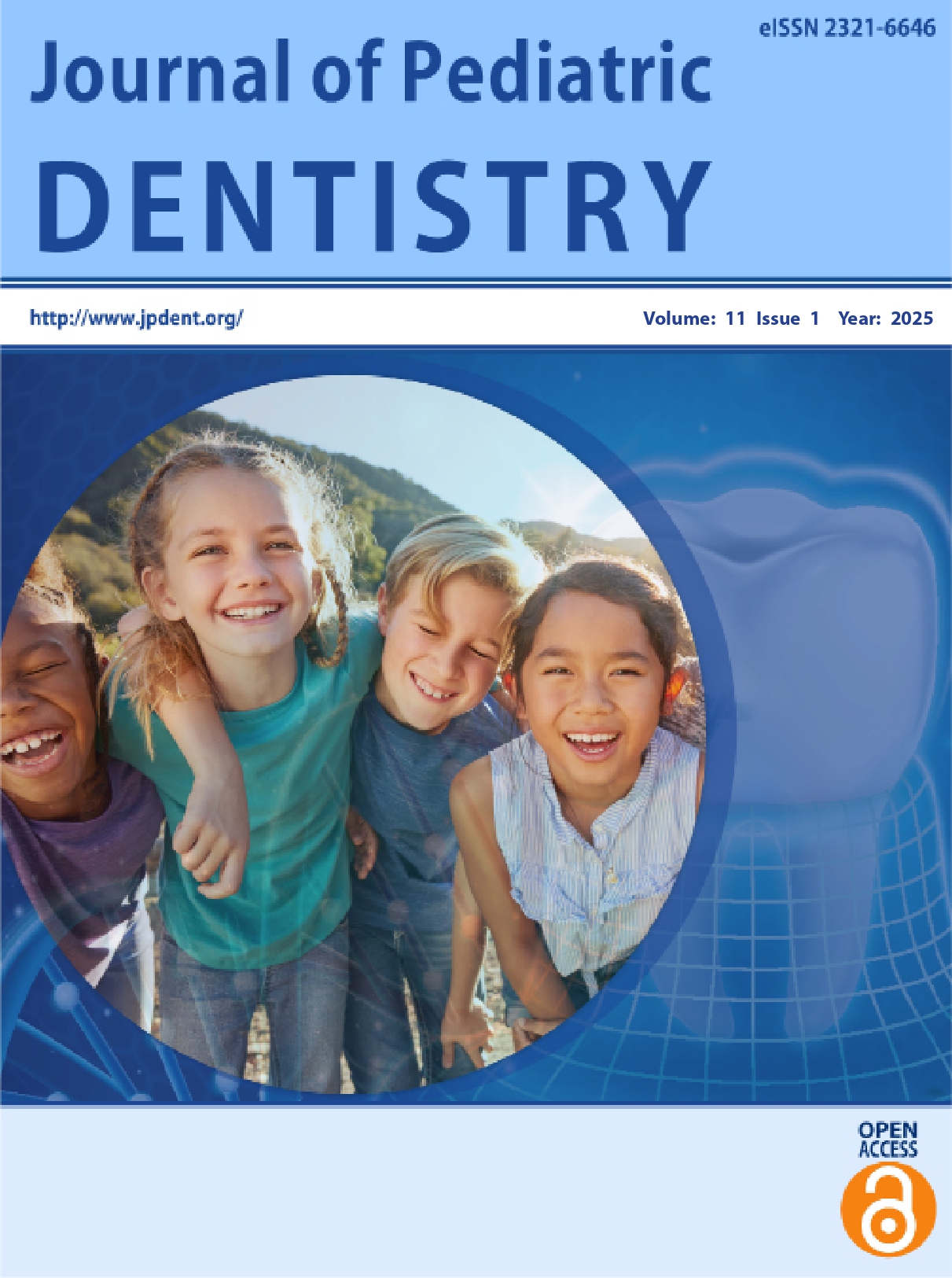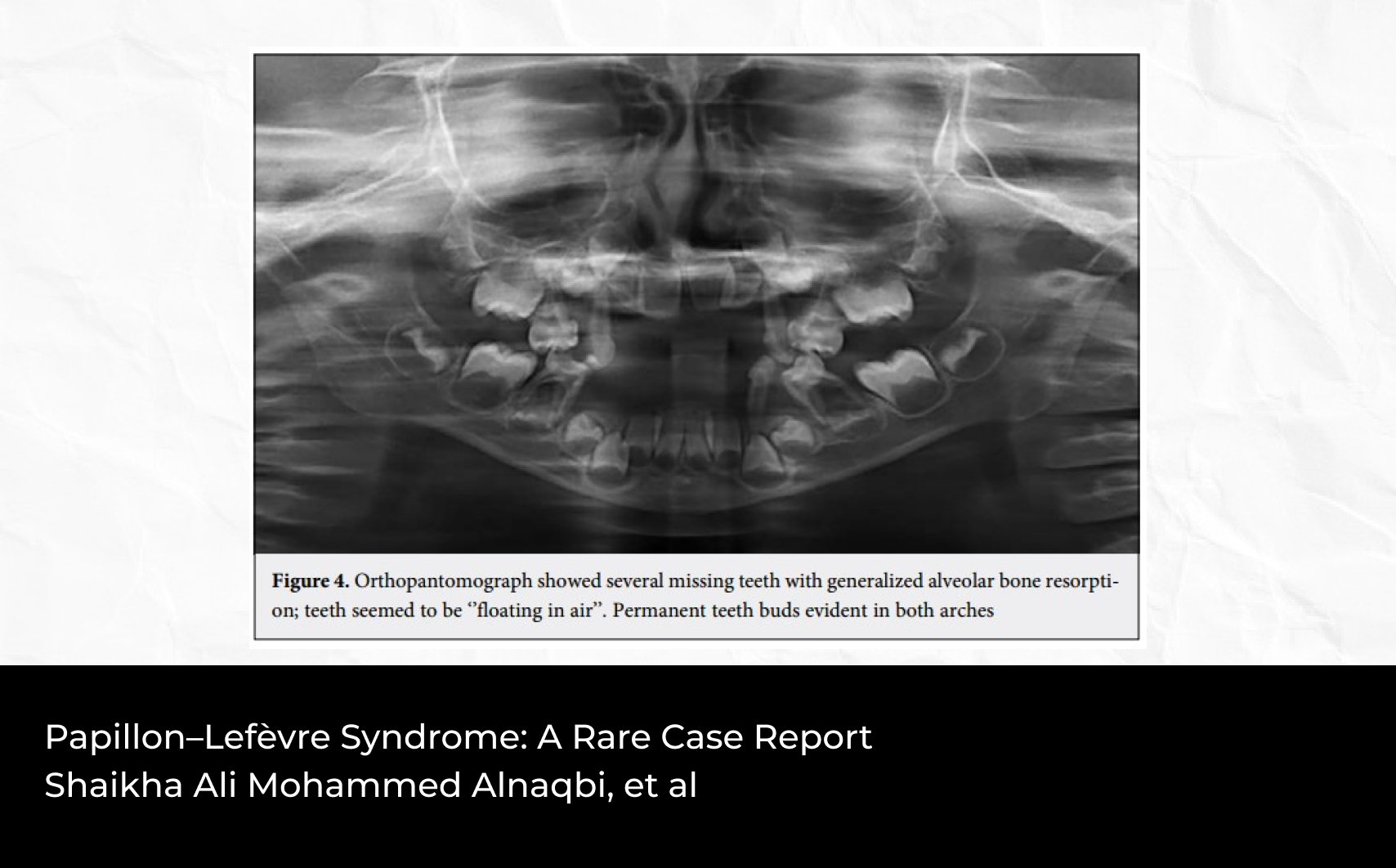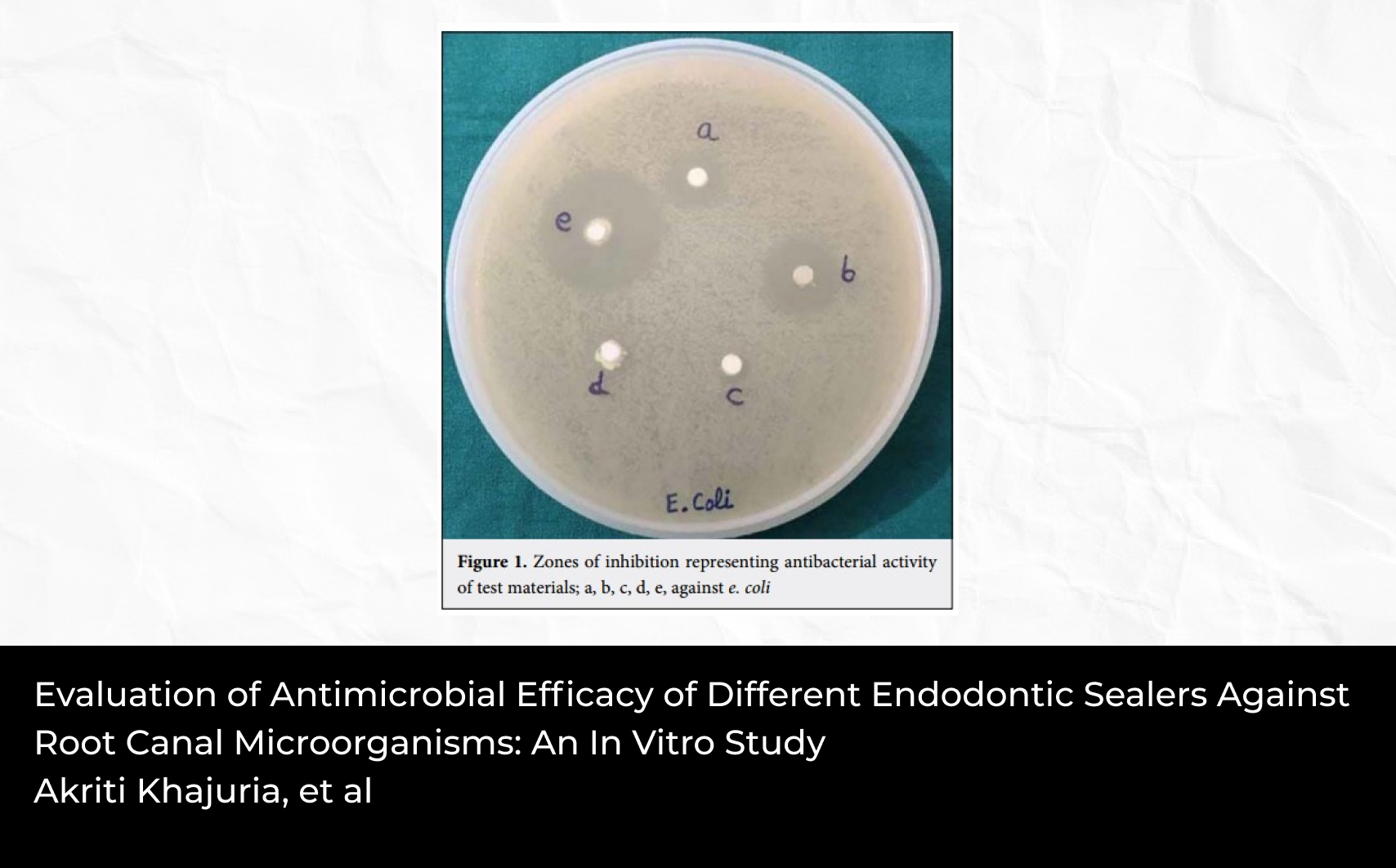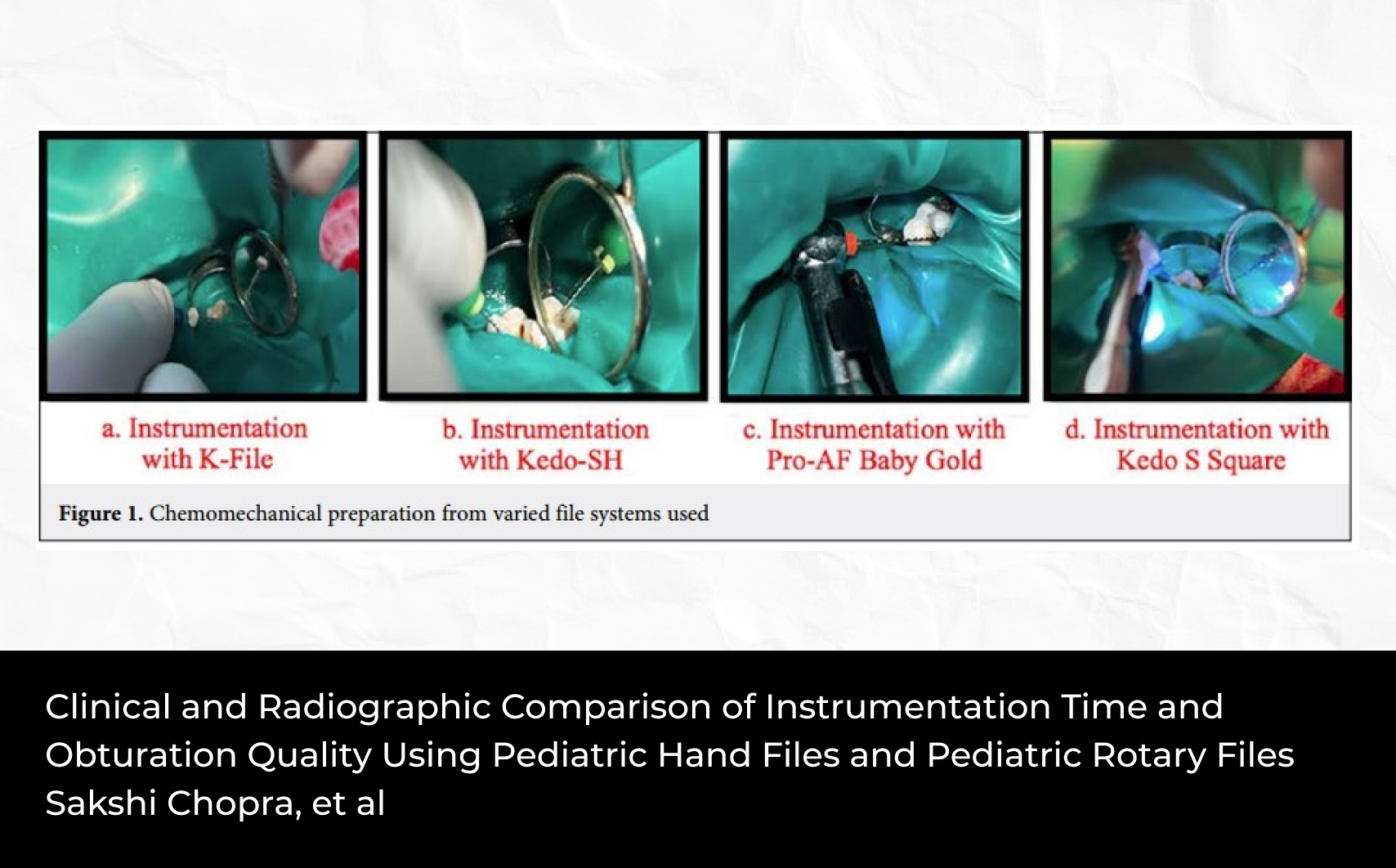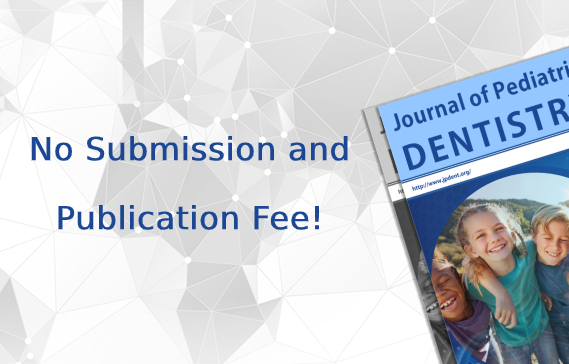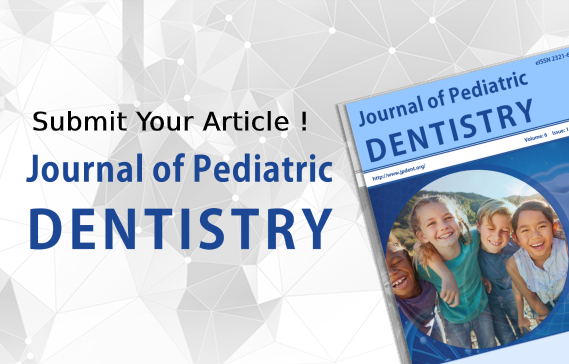Abstract
The aim of this case report was to highlight the association between Diabetic Ketoacidosis (DKA) and apical periodontitis through a case report involving a child suffering from DKA. The association between oral infections and diabetes has always been a debatable issue in the medical literature. Diabetic ketoacidosis (DKA) is a serious complication of uncontrolled diabetes. Oral infections, such as apical periodontitis is reported to be as a possible cause. Periapical lesions should initially be managed.
by a conservative non-surgical treatment. However, in cases of failure, endodontic surgery should be adopted. An 11- year- old
child with type 1 diabetes under insulin therapy was hospitalized for DKA in 2019. A dentoalveolar abscess related to the upper
right central incisor (11) was suspected as a possible cause of DKA. He had a history of trauma 3 years earlier followed by a coronal
fracture of the 11. He also had an episode of DKA in 2018 and the same infection focus was identified as a possible factor but
the patient did not finish his treatment. The radiograph showed a periapical lesion with radiolucency related to the open apex
of the 11. Endodontic treatment was performed and the root canal system was obturated. The 3-month follow-up radiograph
showed a favorable healing of the periapical lesion and the child had a stabilization of his diabetes.
Unfortunately, 2 months later, he was hospitalized for another episode of DKA. After exploration, the same dentoalveolar
abscess related to the 11 was reported as a possible factor. The radiograph showed persistence of the periapical lesion. An endodontic
surgery was therefore indicated. Twelve months later, complete healing of the periapical lesion was noted. The patient
has not undergone an episode of DKA ever since.

